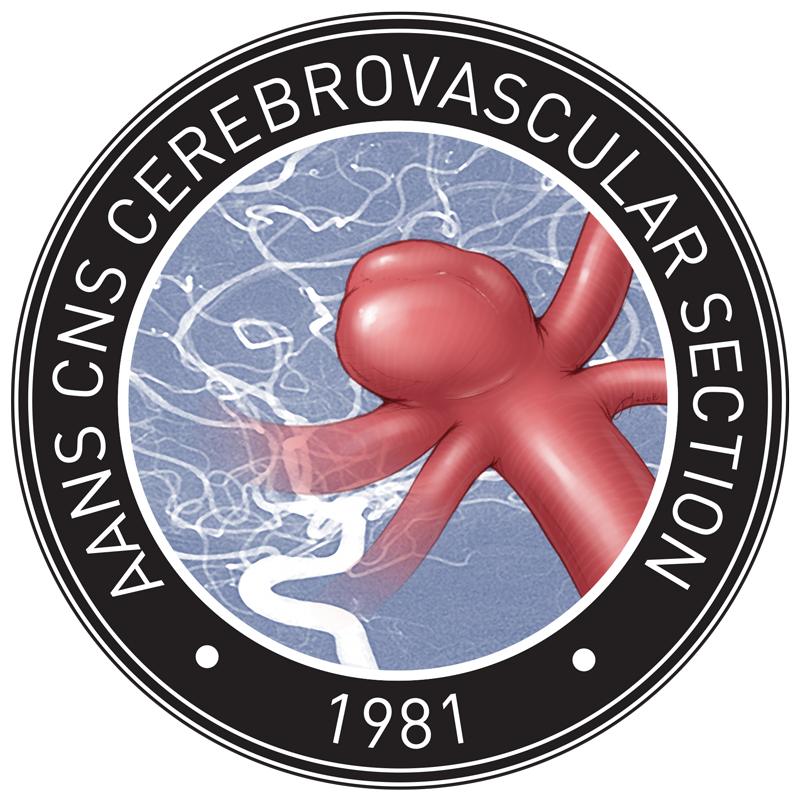Calcification of the intracranial internal carotid artery affects recanalization and functional outcome after thrombectomy

In 2015, 5 large randomized clinical trials demonstrated that mechanical thrombectomy substantially improves functional outcome of patients presenting with acute ischemic stroke. The positive results of the trials were largely attributed to screening for large vessel occlusion and high recanalization rates made possible because of advancements in the thrombectomy devices used. In that context, efforts are concentrated to identify patient-specific factors that may more accurately predict successful recanalization.
In an article published in Stroke this month, the burden of calcification in the intracranial internal carotid artery (ICA) (horizontal petrous segment to bifurcation) was quantitatively measured in patients undergoing mechanical thrombectomy and correlated to the recanalization and functional outcome. The total amount of intracranial ICA calcification was defined as the sum of calcification volume of the right and left side. A total of 194 patients were included. Complete revascularization was defined as TICI 2b or greater and good functional outcome as mRS 0-2 at 3 months. Complete revascularization rate was achieved in 77.3% in patients and good functional outcome in 45.9%. More than 80% of patients had intracranial ICA calcification and increasing total volume and volume on the symptomatic side correlated with worse recanalization rates and functional outcome.
The article represents an important contribution to the literature on mechanical thrombectomy. Its clinical applicability remains to be determined as the prevalence of these calcifications is very high (> 80% in the present study) and the calcification burden cannot be readily assessed in an emergency situation. Rapid assessment tools of intracranial ICA calcification need to be developed and validated.
The full text can be accessed here.
